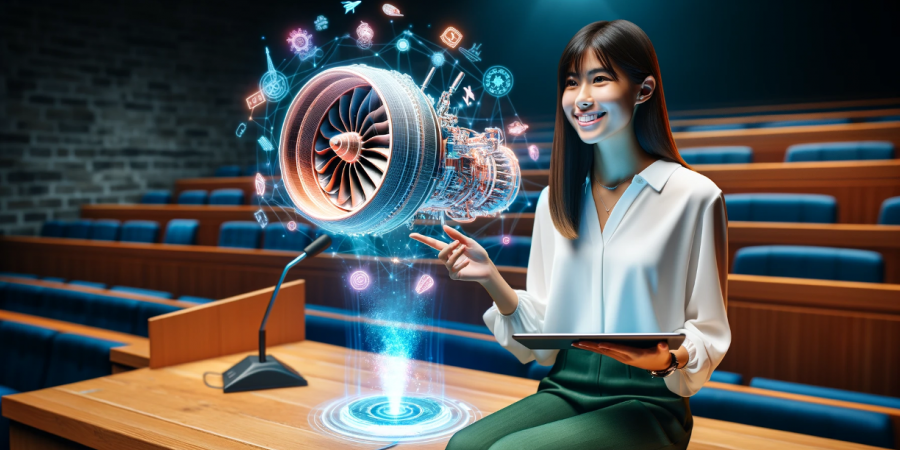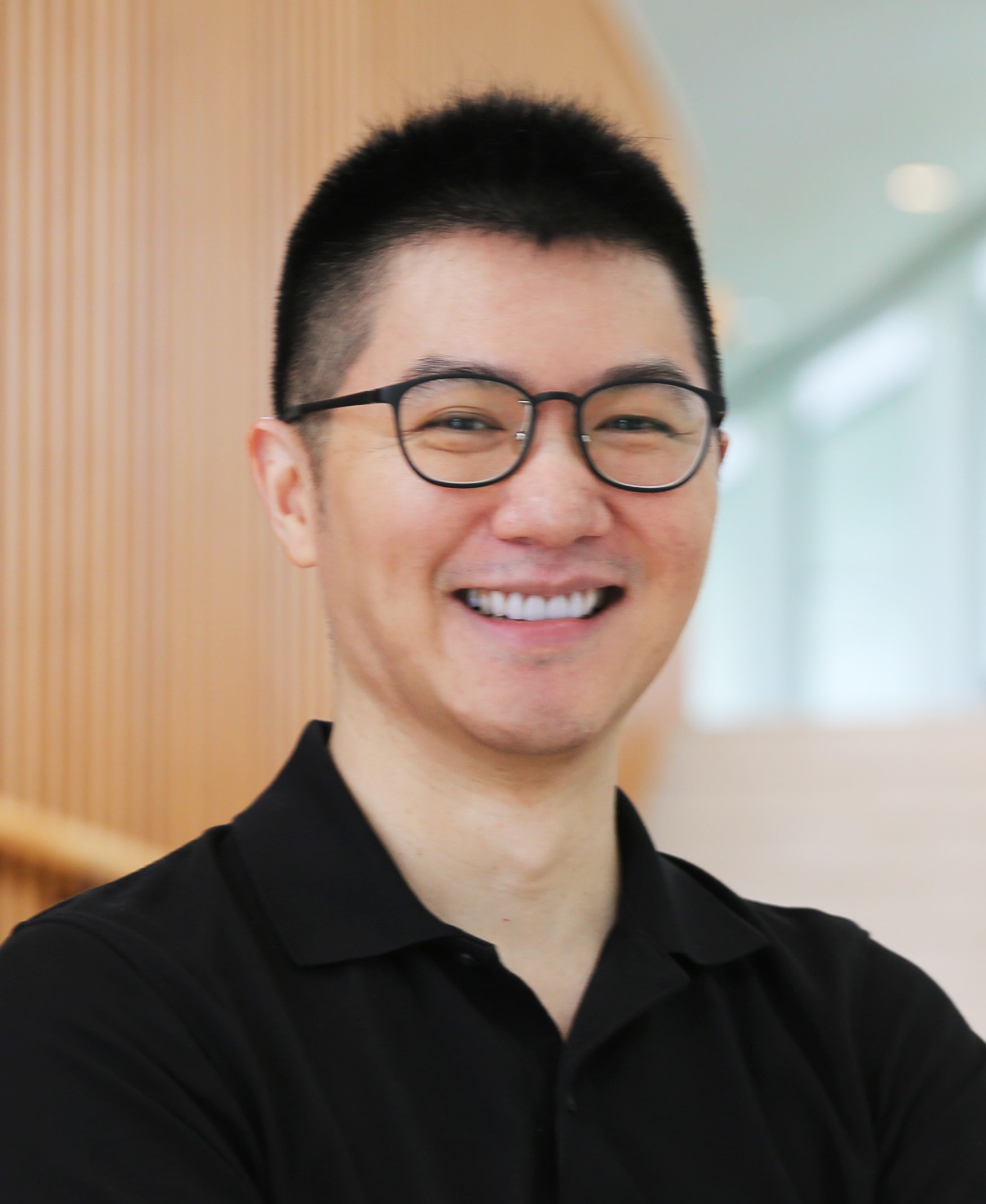Bridging Theory and Practice: The Evolution of Engineering Education at HKUST
|
|
Prof. Larry LI is an Associate Professor in the Department of Mechanical and Aerospace Engineering. He is a two-time winner of the School of Engineering Teaching Excellence Appreciation Award, including the Distinguished Teaching Award in 2016-17 and Teaching Award in 2021-22. He is devoted to experiential learning and embraces innovative technologies in his courses. He has been leading the HKUST Aero Team since 2014 and was recently awarded a grant from the UGC Fund for Innovative Technology-in-Education to harness the power of augmented reality for enhanced learning.
|
By Prof. Larry Li
To teach in the field of engineering is a true privilege. It requires a delicate interplay between theoretical knowledge and practical application, the balance of which can determine whether a student loses interest in that subject for good, or act as a springboard for future success. It is a responsibility that should not be taken lightly.
Naturally, the cornerstone of my teaching philosophy is experiential learning, a model that promotes learning through experience and reflection. This approach is rooted in educational theorist David KOLB’s experiential learning cycle, which involves four stages: experiencing, reflecting, thinking, and acting. By engaging students in this cycle, we instill a deeper understanding and retention of knowledge, as students apply what they learn in class to real-world contexts. Now that I have witnessed first-hand many batches of students come and go over the years, I can attest that the most successful graduates are not necessarily those with the highest exam marks, but those who genuinely leverage opportunities like joining a student engineering team (e.g. HKUST Aero Team), participating in the Undergraduate Research Opportunities Program (UROP), or even having a go at founding a start-up. As an educator, then, one’s true mission is not simply to deliver factual information, but rather to enable students to be inquisitive explorers and to give them the opportunity to become problem solvers in the real world.
“The most successful graduates are not necessarily those with the highest exam marks, but those who genuinely leverage opportunities like joining a student engineering team, participating in undergraduate research, or even having a go at founding a start-up.”
With today’s mobile technology and recent advancements in computing (and artificial intelligence [AI] of course), it has never been a more exciting time to be a learner. We are no longer bound by the traditional classroom format. The age of dynamic personalized learning has dawned.
In particular, with support from the UGC Fund for Innovative Technology-in-Education and the HKUST Center for Education Innovation, I have been experimenting with applying technologies like augmented reality in my courses, aiming to provide students with gamified immersive learning experiences that they can access anytime, at their own pace. By no means is this a revolutionary idea, but the technology is now finally ripe for real-world deployment, and its potential is only multiplied by recent developments in AI.
Indeed, there is a growing adoption of technologies like augmented/virtual reality (AR/VR) and AI by educators around the world to make exploration and problem solving a more integral and accessible part of the student learning experience. Its impact on engineering education will be profound, and I am proud of HKUST for being at the forefront of this exciting development.


